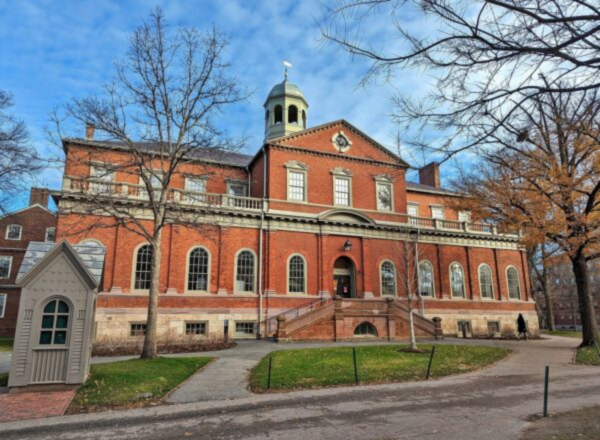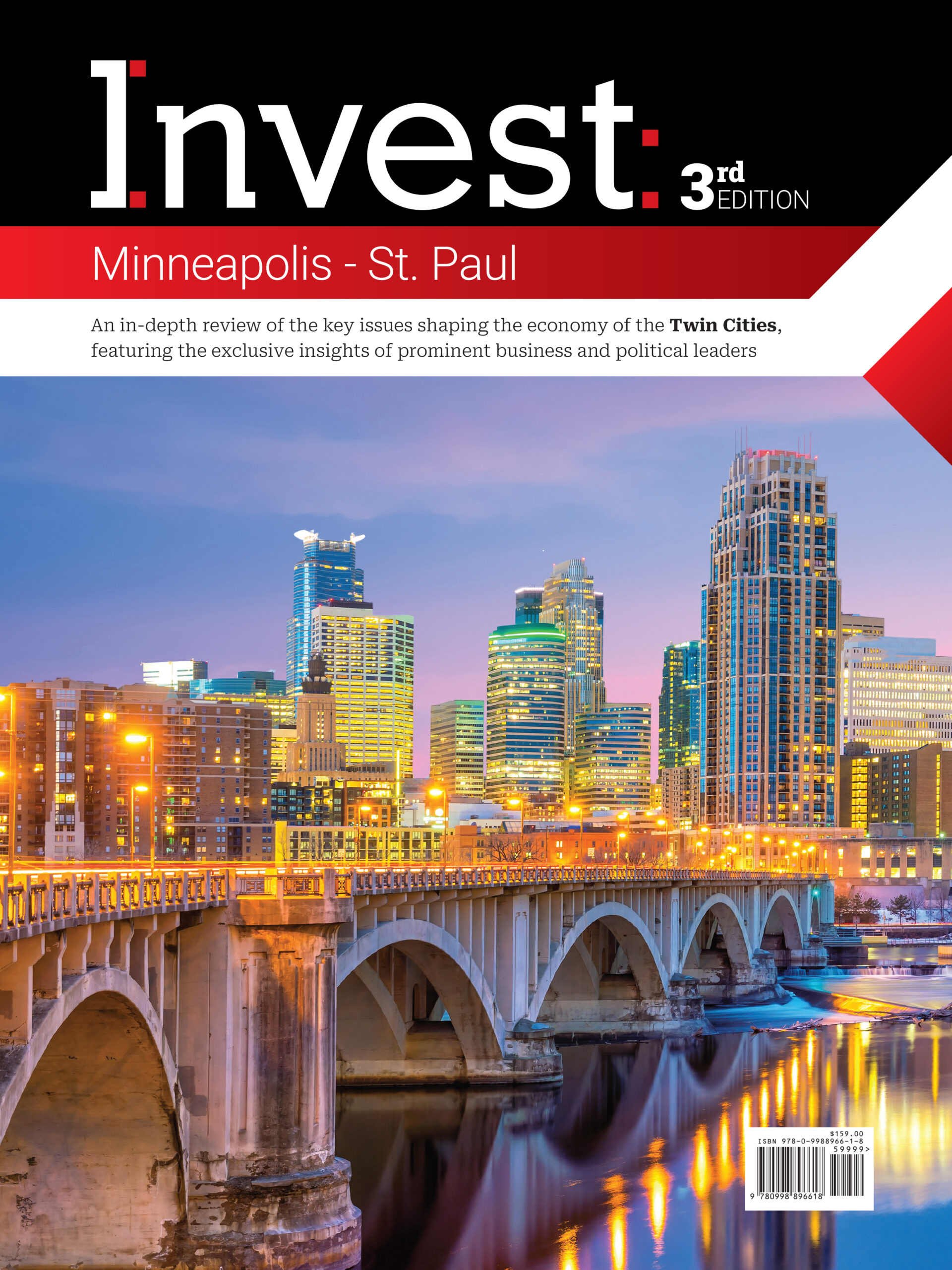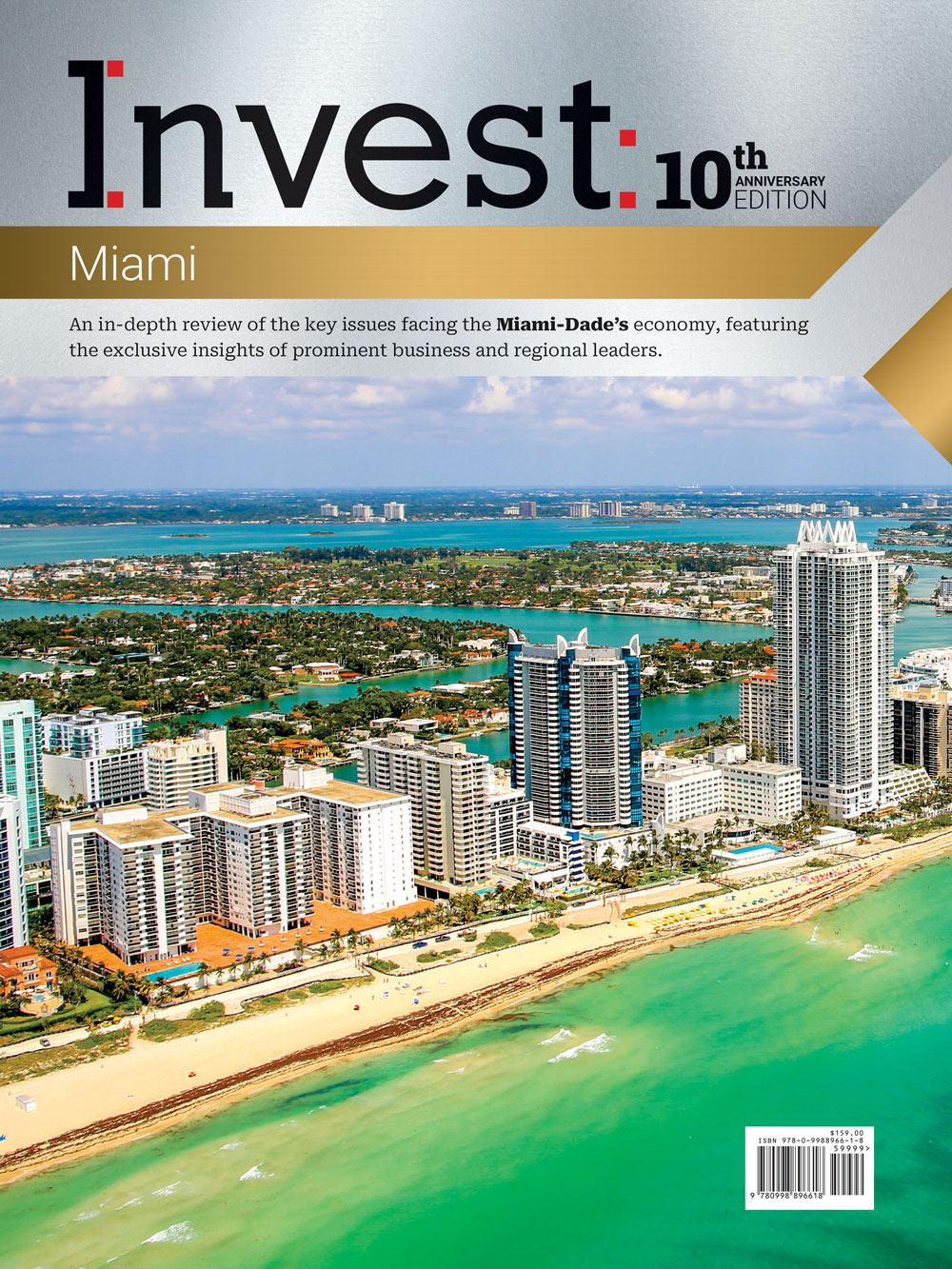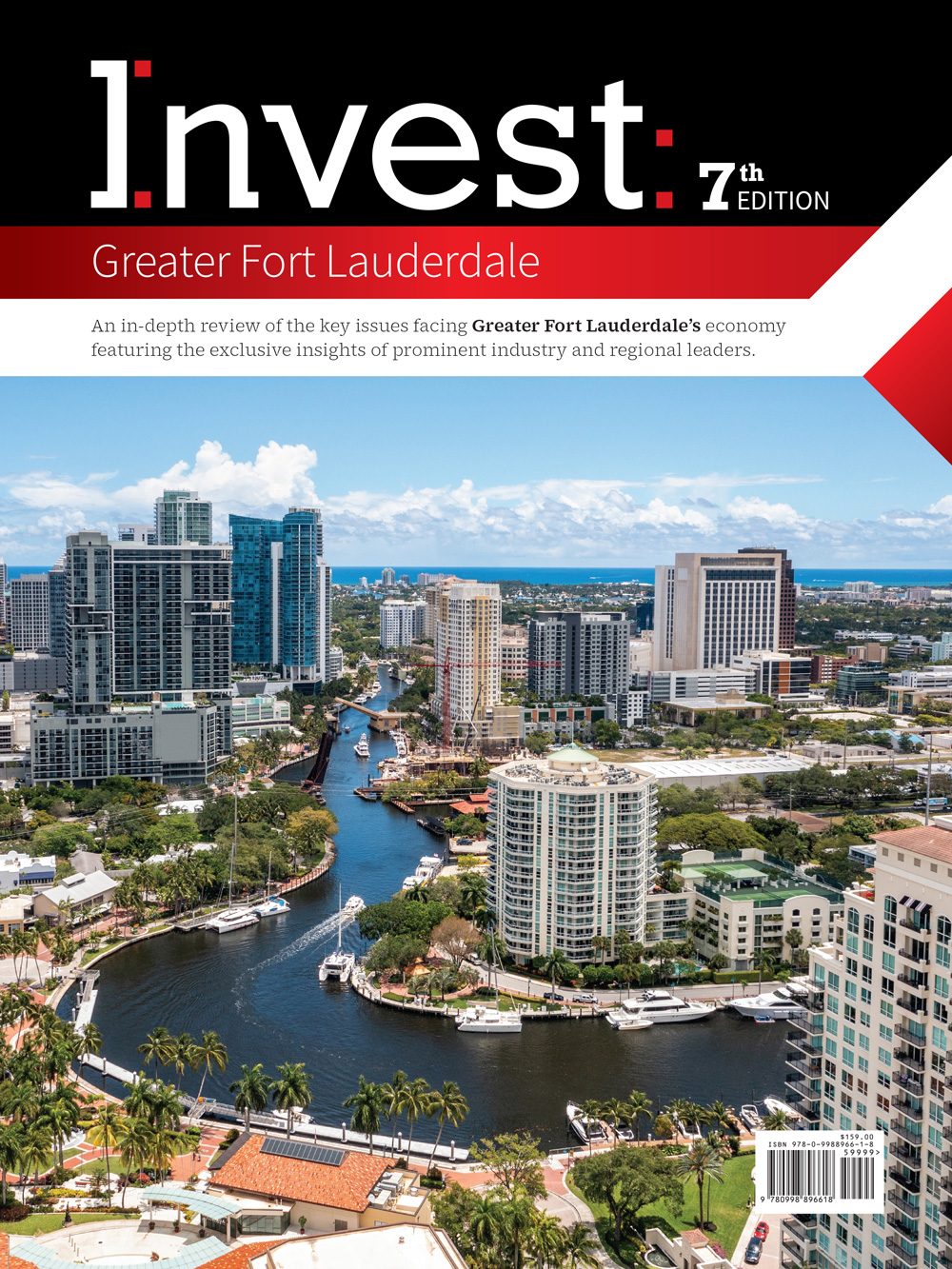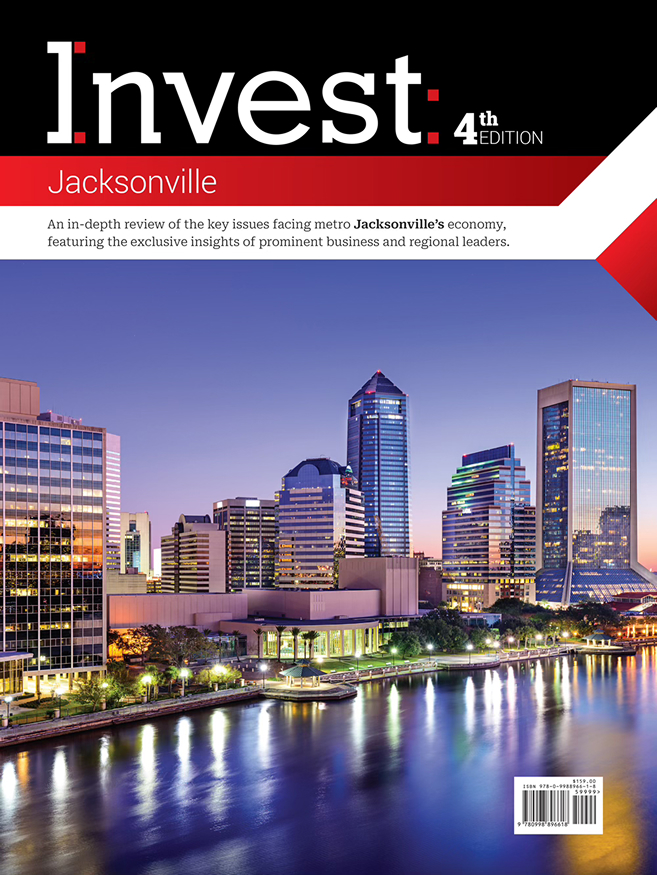Nathaniel Sheidley, President & CEO, Revolutionary Spaces
The arts and culture sector is just recovering from the difficulties of the pandemic, but there are many great opportunities going forward. “There’s no shortage of fantastic ideas,” Nathaniel Sheidley, president and CEO of Revolutionary Spaces, told Invest:. “I think organizations are ready to roll out all sorts of new ideas and programs.”
What is the mission of Revolutionary Spaces?
Our organization’s mission is to bring people together to explore our nation’s struggle to create and sustain a free society. We see that struggle as unfinished. Our basic frame for all visitors, whether they are folks who come to Boston from out of town or whether they are residents who have come over and over again to our sites, is to share both of our buildings with them.
One building is the place where public power was projected at the time of the Revolution. The other is where a popular protest was organized. The buildings are where a set of questions took shape that we still grapple with today and that are at the very center of our democracy. How is my voice heard? Who speaks for me? What’s my recourse if my voice is silenced or overlooked? – we are all engaged today in grappling with those questions.
In a way, we are writing the next chapter in this story that began 250 years ago. We see history as a space to bring people together in conversation around those resonant questions. I think there’s power in providing people with a compelling experience that invites them to make meaning from the past as it relates to their own lives. We use exhibits, tours, and the performing and visual arts as invitations for people to sit with an experience, the experience of place, to be in the place where the history happened, and then to be in dialogue with each other about what it all means. There’s a lot of power in that.
How are you engaging with the community?
A principle that informs all of our work is the principle of co-authorship, to the extent that we are trying to create a broader sense of ownership of our buildings in our very diverse city today. As we engage in projects that we hope will reach new audiences, we’re trying at the front-end to be in dialogue with partners in the communities we’re trying to reach about what are the questions that we want to foreground, what are the stories that might be resonant. We are trying to be open to sharing the work of curating these stories for our local community.
In our educational programming, we are working closely with leadership at Boston Public Schools. We would love to see as many Boston public school students as possible come into our spaces. We have a wide range of educational programs that I think enhance the curriculum. Those are history programs with a civics focus, because we see ourselves as a civic engagement organization.
We’re engaged in many collaborative undertakings as we look at really critical opportunities to commemorate the 250th anniversary of our country in 2026, but also the city of Boston will have its 400th anniversary in 2030.
I sit on the city’s Commemoration Commission, and we are active participants in planning with other organizations on the Freedom Trail, organizations that are partners with the National Parks of Boston, and also the statewide coalition that’s working around the semiquincentennial. A lot of really important planning efforts are underway that we’re trying to be a partner in.
How are you incorporating technology into the spaces, including virtual programs or digital experiences?
We do quite a lot with technology, but we’re mindful that the single greatest asset that we have is the real places where history happened, where the whole future of the country turned on a dime because of something that happened right here. But just as an example of how we’re leveraging technology, one of the programs that we offer for older students and also for adult groups is an immersive role-playing game called Revolution is Brewing. We conduct it in our spaces, and it explores how Boston organized after the Tea Party, when Parliament put in place a series of punitive measures to punish the town of Boston for having destroyed the tea and there was a question about how Boston should respond to those acts. In this game, everybody gets a role, and we offer the players Chromebooks that give them information that enables them to play their role. They learn the historical context, but then at multiple steps in the game, they are in dialog with other players to try to reach a decision.
One benefit of the game is that it can be played remotely in classrooms anywhere in the country, and our staff can remotely participate from our historic sites. We’ve enjoyed taking that out on the road as well as doing it in our spaces. We have found that the students will still be arguing their point of view from their character’s role hours after the game was played.
What is your take on the arts and culture landscape in the Greater Boston region in Massachusetts? Where do you see the biggest opportunities?
The arts and culture sector is extraordinarily rich in our region, and there are all sorts of creative opportunities. I think the big challenge is that so many arts and culture organizations remain stressed by the impact that the pandemic had on them. Even organizations that have come back to a baseline of sustainability may have stressed their organizational reserves. However, there’s no shortage of fantastic ideas, and
organizations are ready to roll out all sorts of new ideas and programs, but they need institutional support to do that. It’s not just an investment in a new play or a new exhibit. It’s also an investment in the organization and its capacity to produce those things.
It’s been a challenging period but as we look ahead, there’s a huge moment of opportunity, and it’s really important for institutions to be in dialogue with those who see the potential of arts and culture to enhance our region and, hopefully, we’ll see great things ahead.
What is your outlook for Revolutionary Spaces for the next two to three years?
The next step is trying to realize our vision for connectivity between our sites and campus here in downtown Boston. Our No. 1 goal is to bring Old South Meeting House to life through an immersive experience that we’ve started to design, and that will be a huge lift for our organization.We’re going to bring to life this incredible historic site, the real building, where one of the most seminal events in our nation’s history took place. We are trying to complete that by the summer of 2026. The high-water mark of commemorating the 250th anniversary of American Independence is our No. 1 goal right now.

